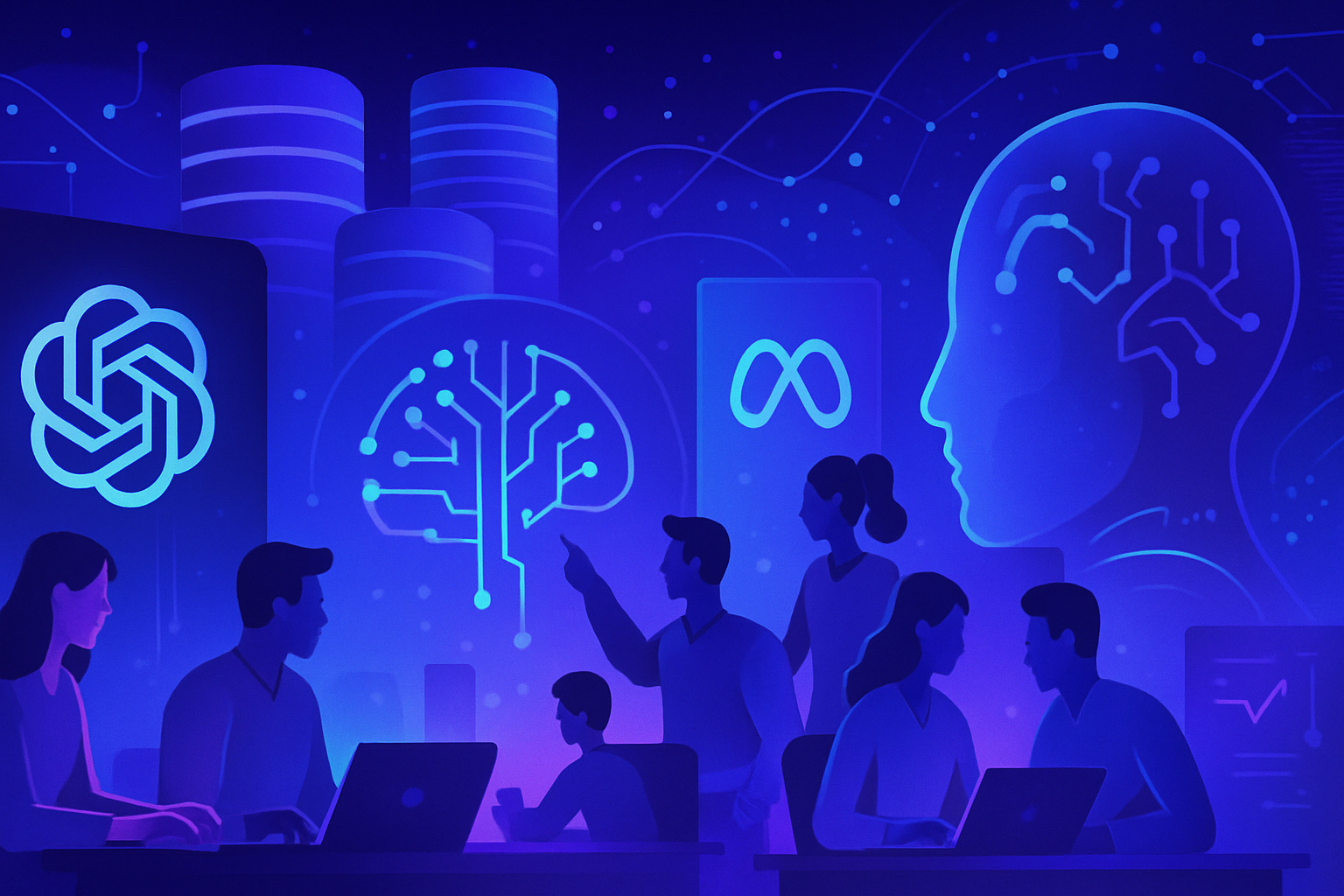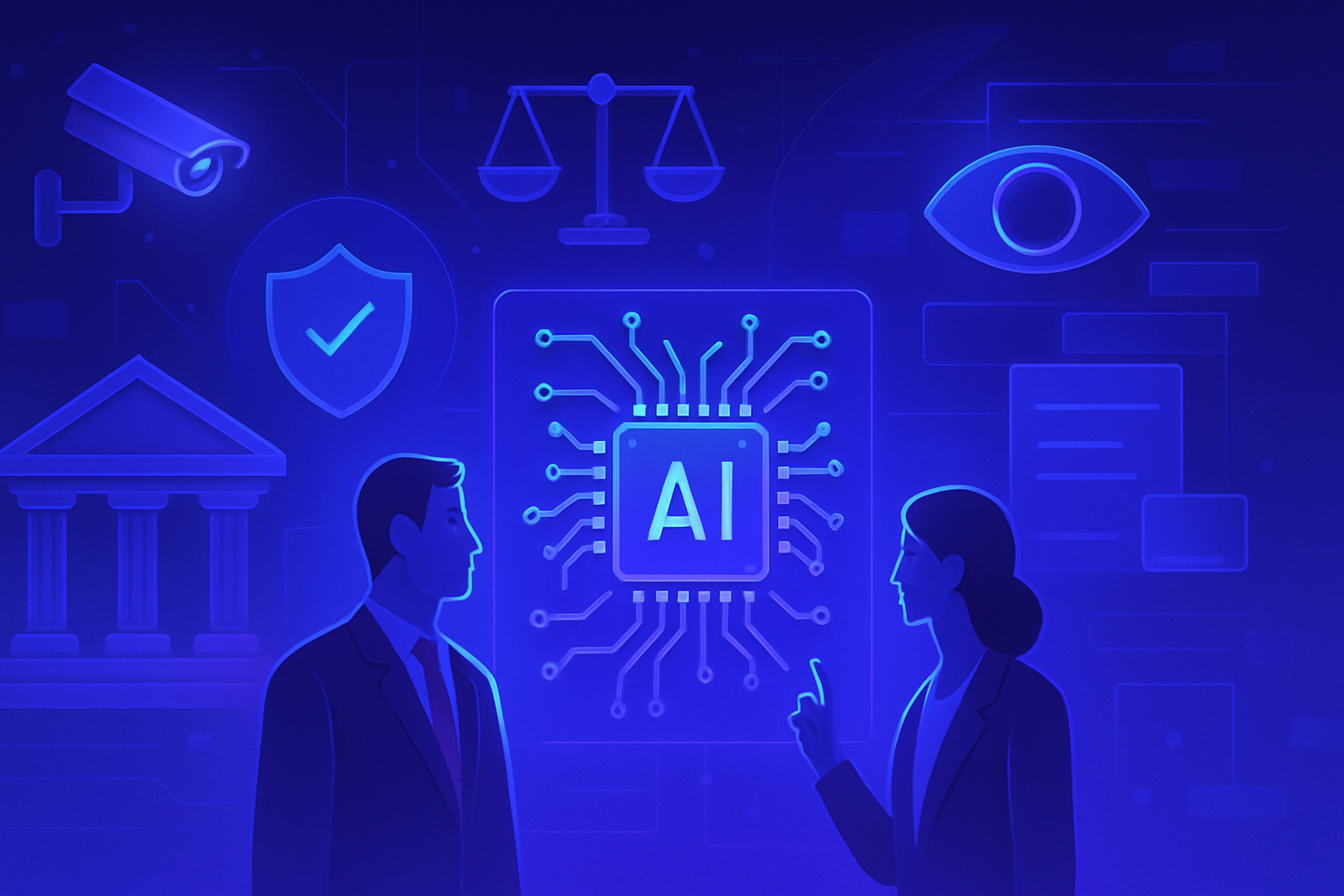The quest for a high-performing artificial intelligence demands unprecedented advances in data processing. Conventional computing architectures, by dissociating memory and processors, create problematic bottlenecks. A revolutionary technology is emerging: memory computing. This mechanism promises to optimize efficiency by eliminating redundant data movements between units. _Freeing artificial intelligence from the limits of traditional systems_ requires a deep understanding of the internal mechanisms of ECRAM devices, thus revealing an unexplored dynamic. In response to the staggering increase in processing demands, integrating this technology appears to be an unavoidable necessity.
Advances in Memory Computing
Researchers at POSTECH have made a significant discovery in the field of memory computing, a concept that promises to accelerate artificial intelligence (AI) technologies. This development is based on the use of electrochemical memory devices, called Electrochemical Random-Access Memory (ECRAM), capable of processing and storing data simultaneously. Their crossbar structure mimics the functioning of synapses in the brain, thus facilitating analytical performance.
The Challenge of Data Processing
The demand for data processing has exploded with the advent of advanced AI systems. Traditional computing systems exhibit a marked separation between memory and processing units, leading to long and energy-intensive data transfers. These bottlenecks cause noticeable slowdowns in operations.
The Fundamental Role of ECRAM
The work of the POSTECH team, led by Professor Seyoung Kim and Dr. Hyunjeong Kwak, not only reveals the internal mechanisms of ECRAM but also its potential to revolutionize memory computing. This device allows calculations directly in memory, thus reducing the need for data movement. The movements of ions within ECRAM play a crucial role in the continuity of analog data storage operations.
Key Discoveries on Internal Mechanisms
The research group designed a multi-terminal structured ECRAM using tungsten oxide. This approach allowed them to observe internal electronic dynamics at temperatures ranging from -223°C to 300K. For the first time, researchers highlighted that the oxygen vacuoles inside the ECRAM create shallow donor states, facilitating electron transport.
The Robustness of the Electronic Environment
Observations revealed that instead of purely increasing the number of electrons, ECRAM creates an environment conducive to easier electronic transport. This mechanism remains stable even at extremely low temperatures, underscoring the device’s durability. This stability enhances ECRAM’s potential as a viable technology for future commercialization.
Implications for the Future of AI
Professor Kim emphasizes: “This research represents a significant advance by clarifying the switching mechanism of ECRAM at different temperatures. Its commercial potential could boost AI performance and extend battery life in devices such as smartphones and laptops”. Beneficial effects are expected for various sectors utilizing advanced technologies.
Additional Resources
To delve deeper into the topic of neuromorphic materials with low consumption, another architecture stands out for its remarkable energy efficiency. Research on AI mimicking the neocortex also offers fascinating perspectives. The dynamics of technological progress have accelerated, with innovations such as those introduced by Grok 3 and the 100 AI models from Alibaba Cloud.
Frequently Asked Questions
What is memory computing and why is it important for artificial intelligence?
Memory computing allows data to be processed directly in memory, reducing the need for data transfer between memory and the processor, making information processing faster and more efficient, which is essential for the expanding AI applications.
How does ECRAM technology enhance memory computing performance?
ECRAM technology uses ionic movements to store and process data, allowing for more efficient information retention and enabling simultaneous calculations, thereby improving AI system performance.
What are the main advantages of memory computing over traditional systems?
The main advantages include increased processing speeds, reduced energy consumption, and decreased bottlenecks caused by data transfer between memory and processing units.
How did researchers observe the internal mechanisms of ECRAM?
Researchers developed a multi-terminal structured ECRAM device and used variable temperature Hall measurements to examine the internal dynamics of electrons, thus revealing how oxygen vacancies facilitate electron transport.
Can ECRAM technology be commercialized for electronic devices?
Yes, the commercialization of ECRAM technology could significantly enhance the performance of electronic devices like smartphones and laptops, enabling faster data processing and extending battery life.
What is the significance of donor states in ECRAM devices?
The donor states created by oxygen vacancies allow for smoother electron flow, optimizing the operation of the ECRAM device and improving its efficiency in data processing.
What challenges are associated with understanding and commercializing ECRAM?
Challenges include the complexity of ECRAM device structures and the nature of the high-resistance materials used, making their understanding and development for the market more arduous.
How could future advances in ECRAM influence the development of AI?
Advancements in ECRAM technologies could lead to reduced friction in data calculations, resulting in higher processing speeds for AI, making AI applications even more efficient and accessible.






